Summary
- History of the title "Theotokos"
- Theological significance of "Theotokos"
- Mary's role in the Church
- The feast of 1 January
- Mary in art and culture
- Mary devotion throughout history
- FAQ
History of the title "Theotokos"
The title "Theotokos" was formally adopted at the Council of Ephesus in 431, but its roots go back to older traditions. This section explores the historical development of this title and its importance in the formation of Christian doctrine. Our Christian shop features articles that celebrate this heritage.
Theological significance of "Theotokos"
The title "Theotokos" is more than a designation; it represents a profound truth about the nature of Jesus Christ and his incarnation. This section discusses the theological significance of this title and its impact on the Christian understanding of Jesus as God and man.
Mary's role in the Church
Mary occupies a unique position in the Church, served as a bridge between the divine and the human. This section looks at how Mary is perceived in different Christian traditions and her influence in the life of the Church.
Mary in the Christian tradition
Mary occupies a pre-eminent place in the Christian tradition, honoured and venerated in many expressions of faith, art and prayer. Her representation in Christian art, for example, reflects her veneration and role as a spiritual mediator. For a selection of artistic representations of the Virgin Mary, see our collection of statues.
The feast of 1 January
January 1, marking the solemnity of Mary Mother of God, plays a dual role in closing the octave of Christmas and opening the calendar year. This section explores the origins and meanings of this feast, in relation to Church traditions and contemporary celebrations. Discover our statues of the Virgin Mary to celebrate this special day.
Mary in art and culture
The representation of Mary in Christian art offers a fascinating insight into her role and importance throughout the ages. From Byzantine icons to Renaissance paintings, each work of art tells a story of faith and devotion. Browse our range of religious objects to explore these artistic representations.
Marial devotion throughout history
Devotion to the Virgin Mary has evolved over the centuries, profoundly influencing Christian spirituality. This section looks at how Marian devotion has manifested itself in different times and cultures, from ancient times to the present day. To enhance your devotion, check out our selection of crucifixes and crosses. The Virgin Mary, venerated as the "Mother of God" in Christianity, plays a central role in Christian faith and spirituality. This article explores her historical and theological significance, as well as her continuing influence on contemporary Christian life. We will also address frequently asked questions about Mary, enriching our understanding of her unique place in the Christian tradition.
Celebration of 1 January in honour of Mary
Solennity of Saint Mary Mother of God
On 1 January, the Church celebrates the Solemnity of Saint Mary Mother of God. This feast, established in the Byzantine Empire and spread throughout Christianity, marks the end of the octave of Christmas and the World Day of Peace. To discover articles related to this celebration, visit our Religious Feasts section.
Theological and spiritual reflections
The celebration of 1 January leads us to reflect on themes such as Mary's virginity and her role as mother of Christ. These reflections highlight the importance of Mary as a model of faith and welcome for believers.
Mary in contemporary Christian life
Mary as model and guide
Mary, as a model of purity, humility and faith, continues to inspire Christians on their spiritual journey. Her life and example offer a model for living a deep and committed faith. For devotional tools that reflect this commitment, discover our range of chapelets.
Practical and spiritual implications for believers
As a figure of acceptance and faith, Mary embodies a path towards a richer spiritual life. She represents total acceptance of God's will, a model to which every Christian is invited to aspire in his or her own life.
Frequently Asked Questions (FAQ)
Why do we celebrate 1 January?
January 1 is celebrated as the first day of the year in the Gregorian calendar. This date was established by Pope Gregory XIII in 1582, replacing the Julian calendar for greater accuracy in calculating time.
What is the origin of 1 January?
The origin of 1 January as the start of the year dates back to the Roman Empire. The date was chosen to honour Janus, the Roman god of gates and beginnings, hence the name "January".
What Saint on 1 January 2024?
January 1 is traditionally dedicated to the celebration of Saint Mary, Mother of God, in the Catholic liturgical calendar, including in 2024.
What is the origin of the New Year festival?
New Year's Eve has its origins in antiquity, celebrated according to a variety of cultural traditions. Its meaning has evolved over time, becoming a symbol of renewal and hope in many cultures.
Is New Year's Day a religious holiday?
New Year's Day is both a secular and religious celebration. In Christianity, it marks the solemnity of Saint Mary Mother of God, but it is also widely celebrated as a cultural and social event.
Who are the first to celebrate New Year's Eve?
Countries in the UTC+14 time zone, such as the Line Islands (part of Kiribati) and parts of Samoa, are among the first to celebrate New Year's Eve each year.
What are the feasts of the Virgin Mary?
The main feasts of the Virgin Mary include the Immaculate Conception (8 December), the Nativity of Mary (8 September), the Annunciation (25 March), the Assumption (15 August), and the Feast of Mary, Mother of God (1 January).
What is the symbol of the Virgin Mary?
Symbols of the Virgin Mary include the rose (purity), the fleur-de-lys (royalty and purity), the star (her guiding quality), and the immaculate heart, symbolising her pure love and maternal suffering.
How to say the Hail Mary?
"Hail Mary, full of grace, the Lord is with you. Blessed art thou among women, and blessed is the fruit of thy womb, Jesus. Holy Mary, Mother of God, pray for us poor sinners, now and at the hour of our death. Amen."
What colour is the Virgin Mary?
The Virgin Mary is often depicted dressed in blue, symbolising truth and celestial clarity, and sometimes in red, representing love and passion. White is also used to symbolise purity.
How old was Mary when Jesus was born?
The Scriptures do not specify Mary's age at the birth of Jesus. Christian tradition often suggests that she was a teenager, probably between 13 and 16, in accordance with the matrimonial customs of the time.
What festival marks the conception of Jesus?
The feast of the Annunciation, celebrated on 25 March, marks the conception of Jesus. It commemorates the announcement made to Mary by the Archangel Gabriel that, through the action of the Holy Spirit, she would conceive and give birth to Jesus.
What are the virtues of the Virgin Mary?
The virtues of the Virgin Mary include humility, fidelity, purity, patience, mercy, submission to God's will, and inner strength. She is a model of Christian faith and devotion.
Why is she called the Virgin Mary?
Mary is called "the Virgin" because, according to the Christian faith, she conceived Jesus by the Holy Spirit while remaining a virgin, which is a key element of the doctrine of the Incarnation in Christianity.
Conclusion
This article has explored the profound significance of the celebration of 1 January in honour of the Virgin Mary, highlighting its central role in Christian tradition and its impact on the spiritual lives of the faithful.

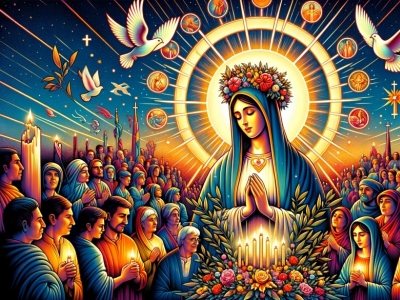

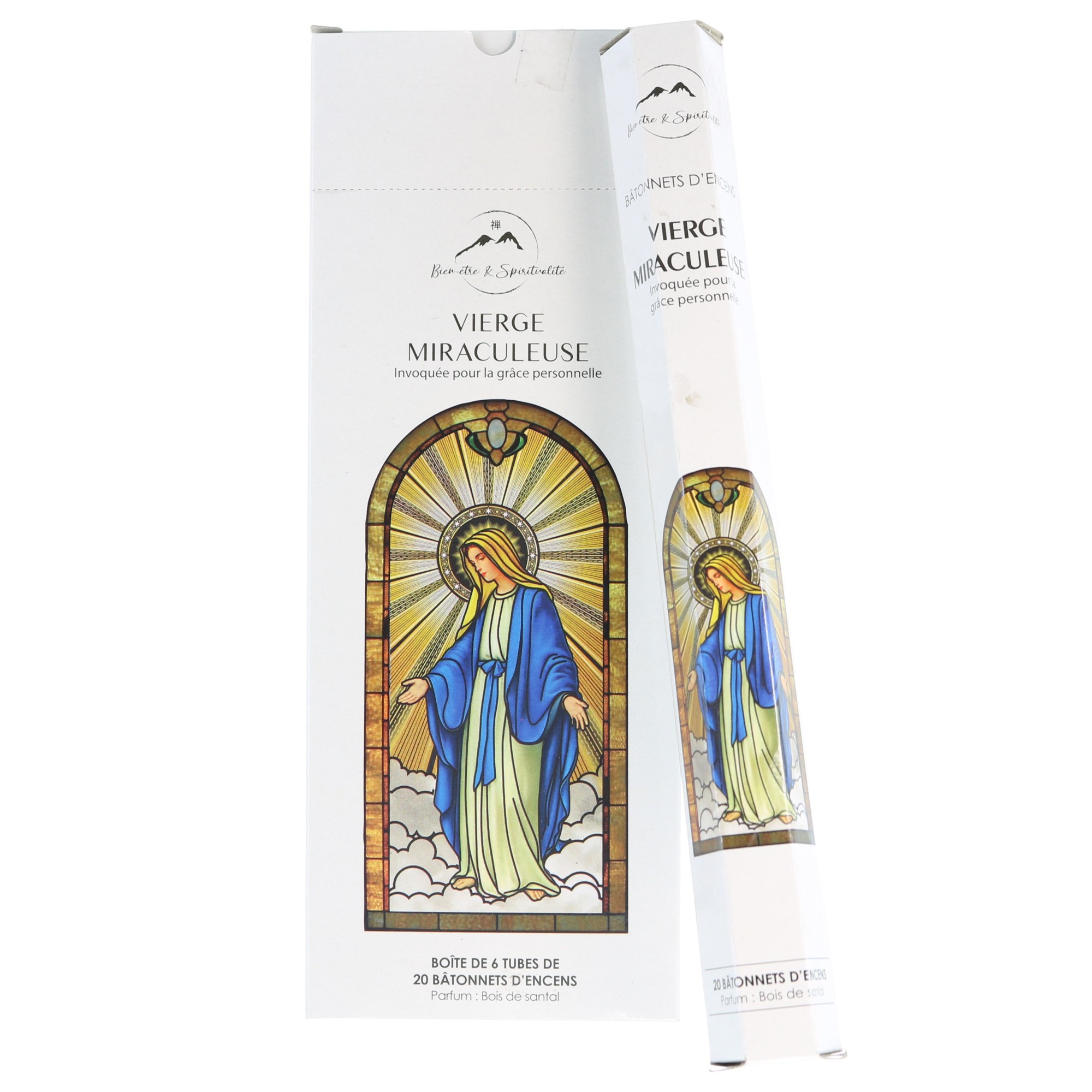
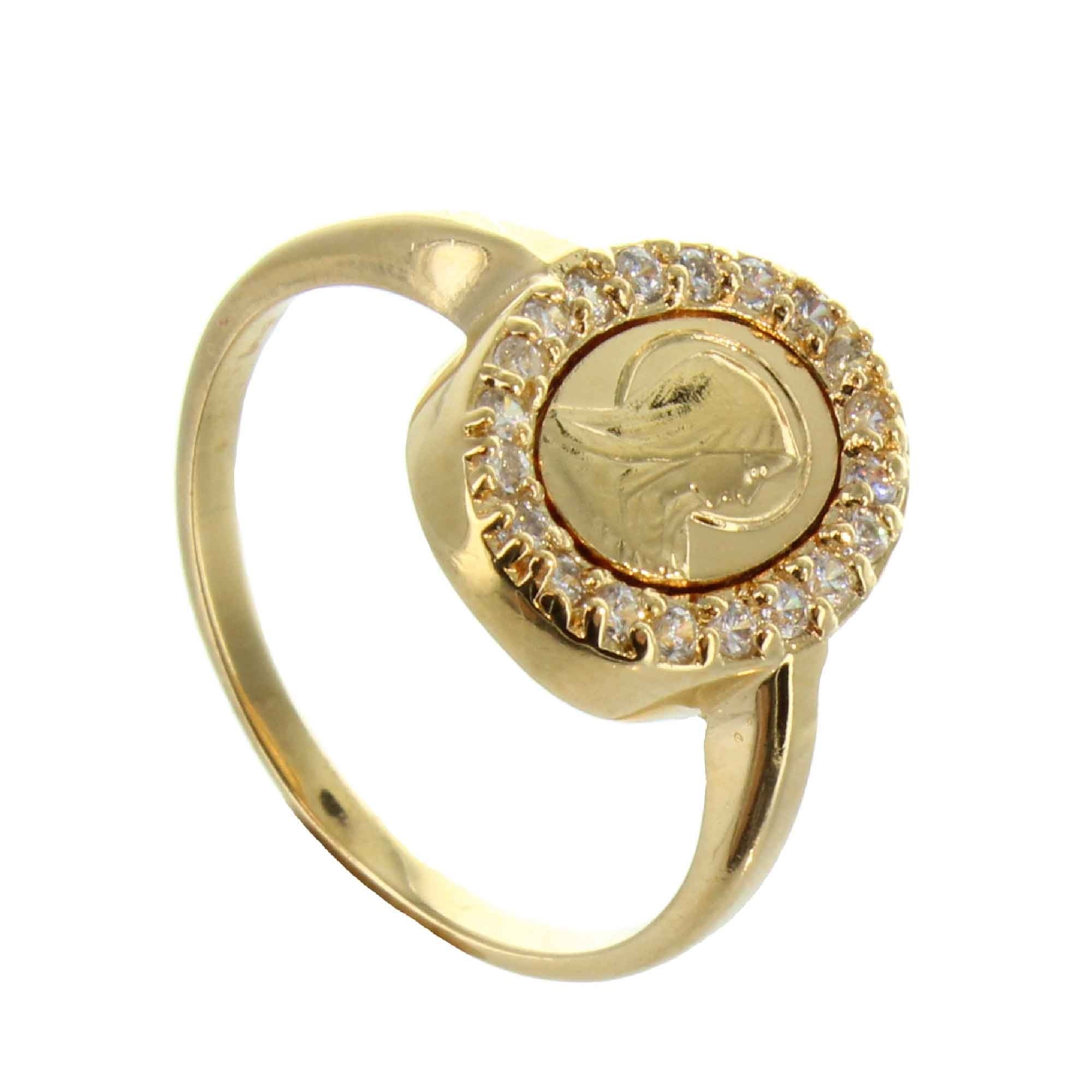
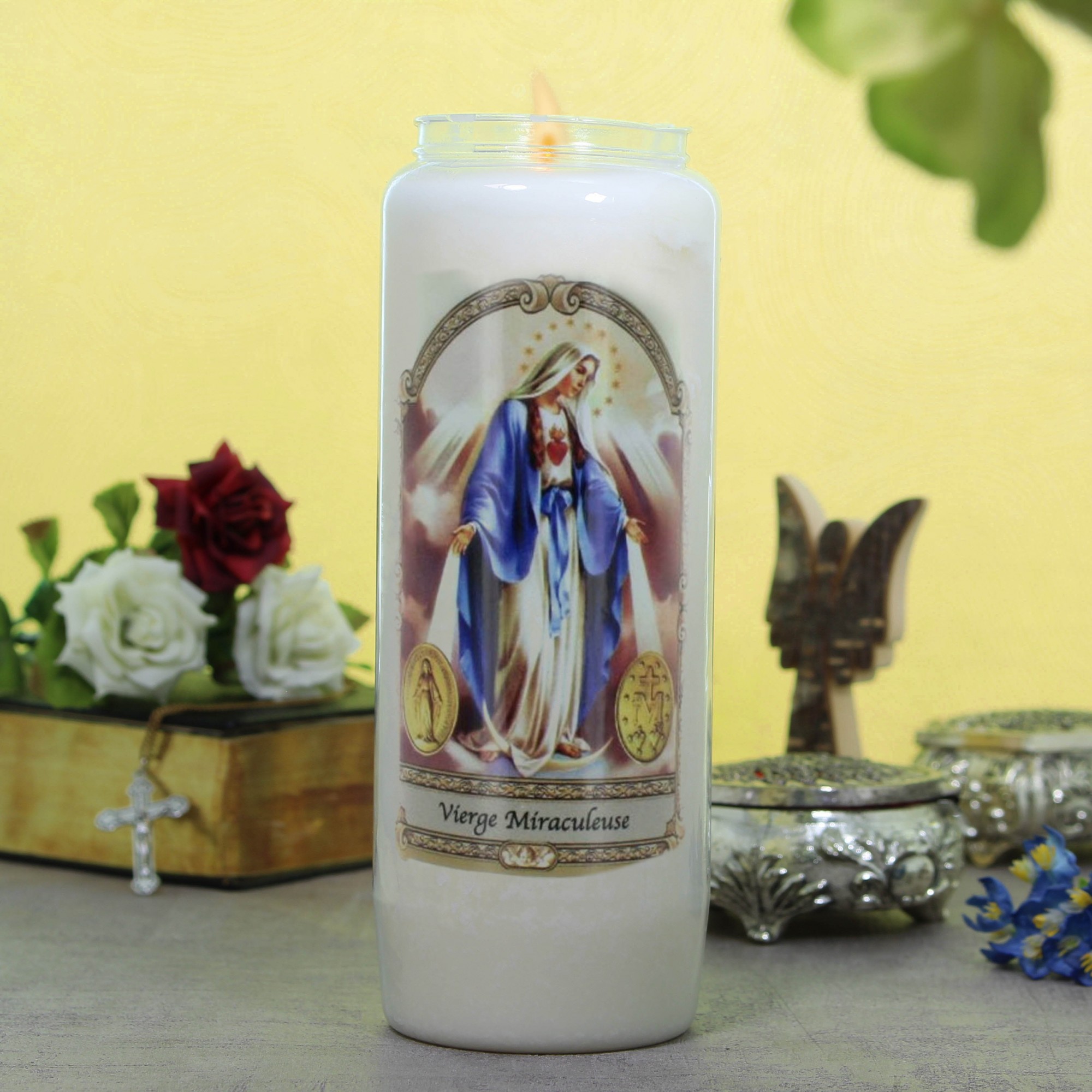

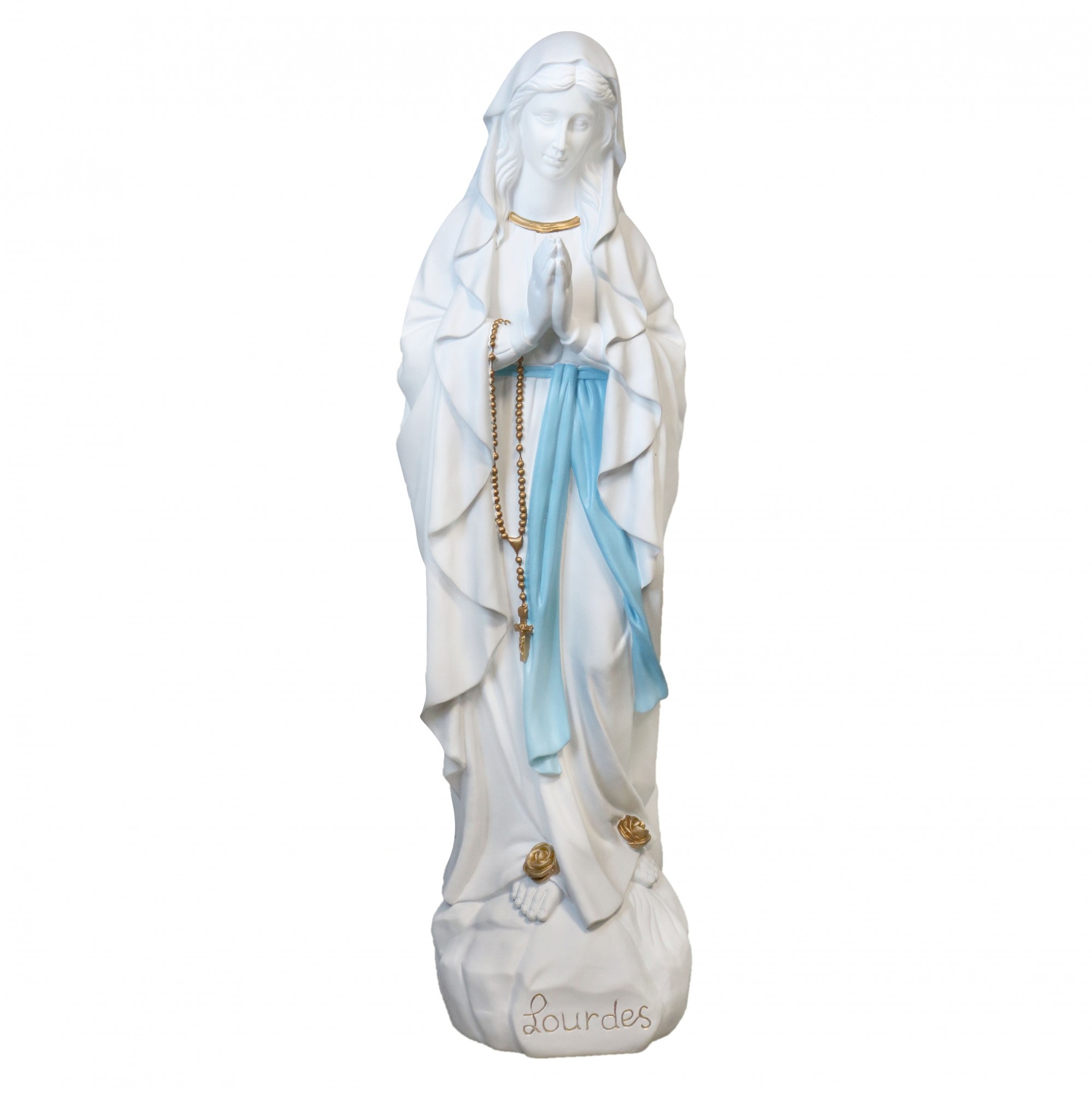
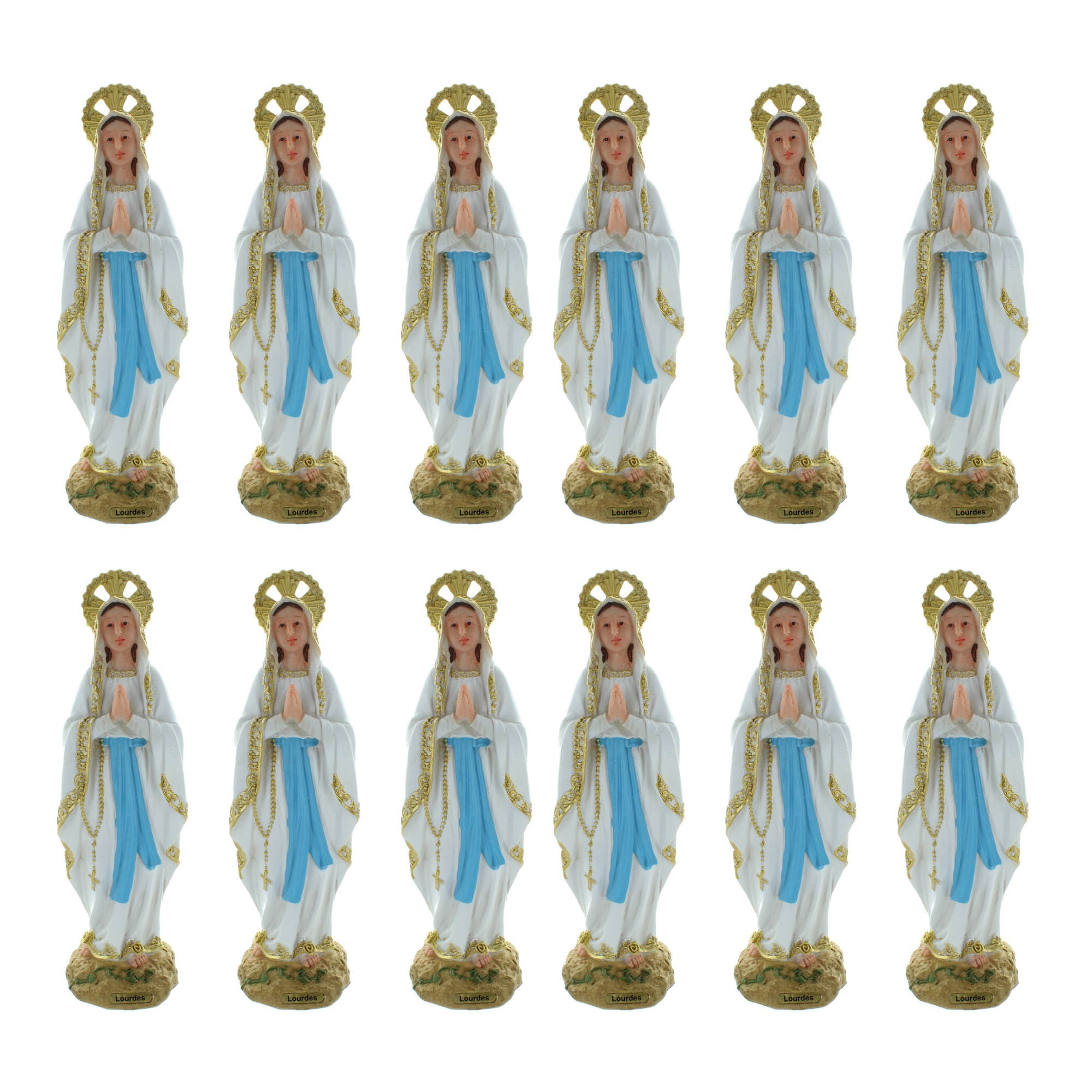
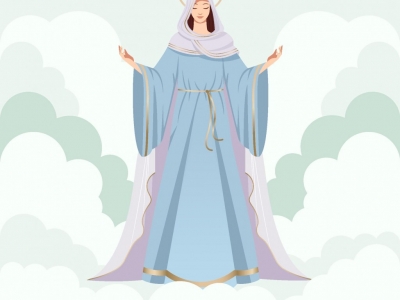
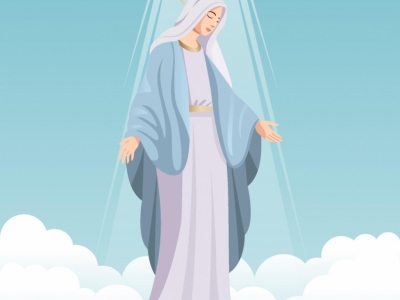
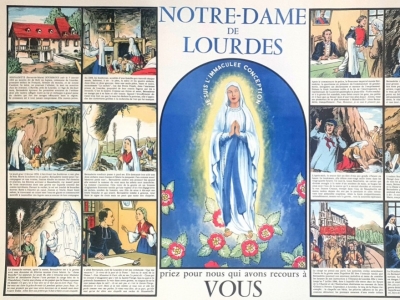
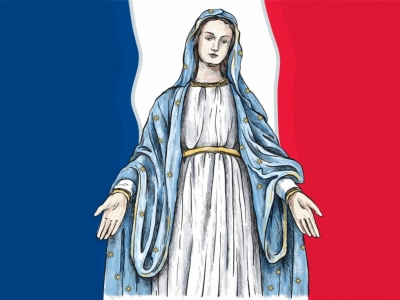
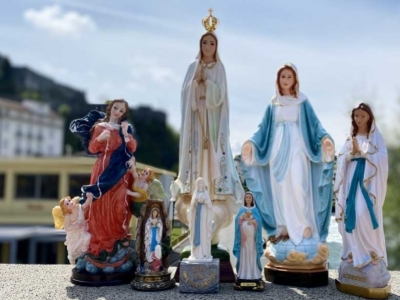
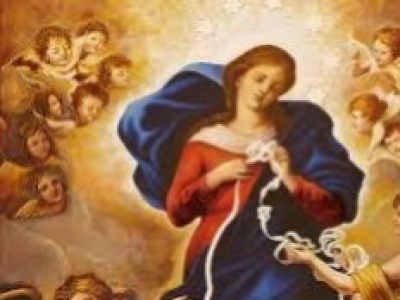
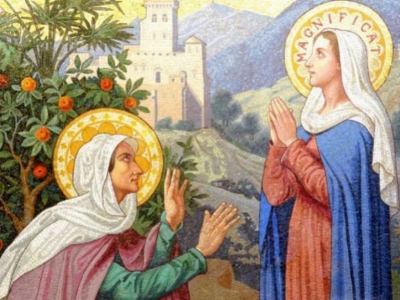
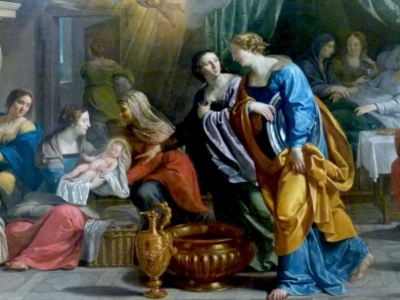
 The Mystery of the Five Wounds of Christ: A Profound Exploration of Their Spiri
The Mystery of the Five Wounds of Christ: A Profound Exploration of Their Spiri  Women's religious orders: A heritage of service and education
Women's religious orders: A heritage of service and education  What is Secours Catholique?
What is Secours Catholique?  Jesus' 40 Days in the Desert: A Spiritual Exploration
Jesus' 40 Days in the Desert: A Spiritual Exploration  In un mondo di connessioni costanti e distrazioni digitali, la Quaresima si sta
In un mondo di connessioni costanti e distrazioni digitali, la Quaresima si sta